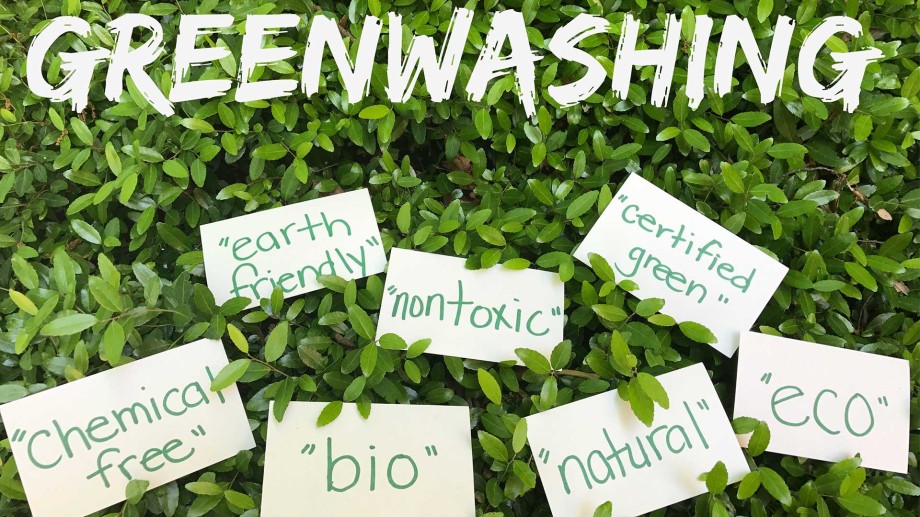

Alongside the growth of ESG-focused investments and sustainability disclosure regulations in the European market, the risk of greenwashing increases and threatens the soundness and trust of the sustainable finance market. On 23 May 2022, the European Supervisory Authorities (EBA, EIOPA and ESMA – ESAs) were individually mandated by the European Commission to give their input on the trend of greenwashing practices within the EU and develop recommendations to address related issues (the Greenwashing Mandate).
The ESAs coordinated report is expected to focus on the following main areas:
On 15 November 2022, the ESAs launched a “Call for Evidence” (CfE) requesting input from relevant stakeholders in the context of their Greenwashing Mandate. Financial institutions, retail investors, consumers associations, NGOs or also academia may submit their input to the ESAs until 10 January 2023.
What is the CfE asking for?
The CfE is requesting:
In the CfE, the ESAs remind that the term “greenwashing” is broadly used to include sustainability-related claims covering all of the aspects of ESG (i.e. environmental, social and governance) and is not strictly limited to misleading environmental-related claims.
The ESAs inquire greenwashing practices falling within and outside of the current European sustainable finance regulations. It means that greenwashing practices may be related to a misapplication of the EU sustainability disclosure regulations (such as SFDR, Taxonomy, CSRD, etc.) but may also relate to ESG awards, the marketing made around the product, or ESG ratings.
The ESAs further consider that “greenwashing” may be analysed through four dimensions:
The ESAs are looking for the views of the different stakeholders on their understanding of greenwashing and the main greenwashing drivers, concrete examples of greenwashing practices and available data.
The questionnaire is composed of a general question for the coordination input from the ESAs and specific sections depending on the European Supervisory Authority’s competence.
We are expecting this CfE to bring clarity on the trend of greenwashing currently threatening the European Union market. The aim of the report to be produced by the ESAs is to bring a common understanding of its risks and ways to prevent and address the greenwashing practices with an adequate approach.
Share